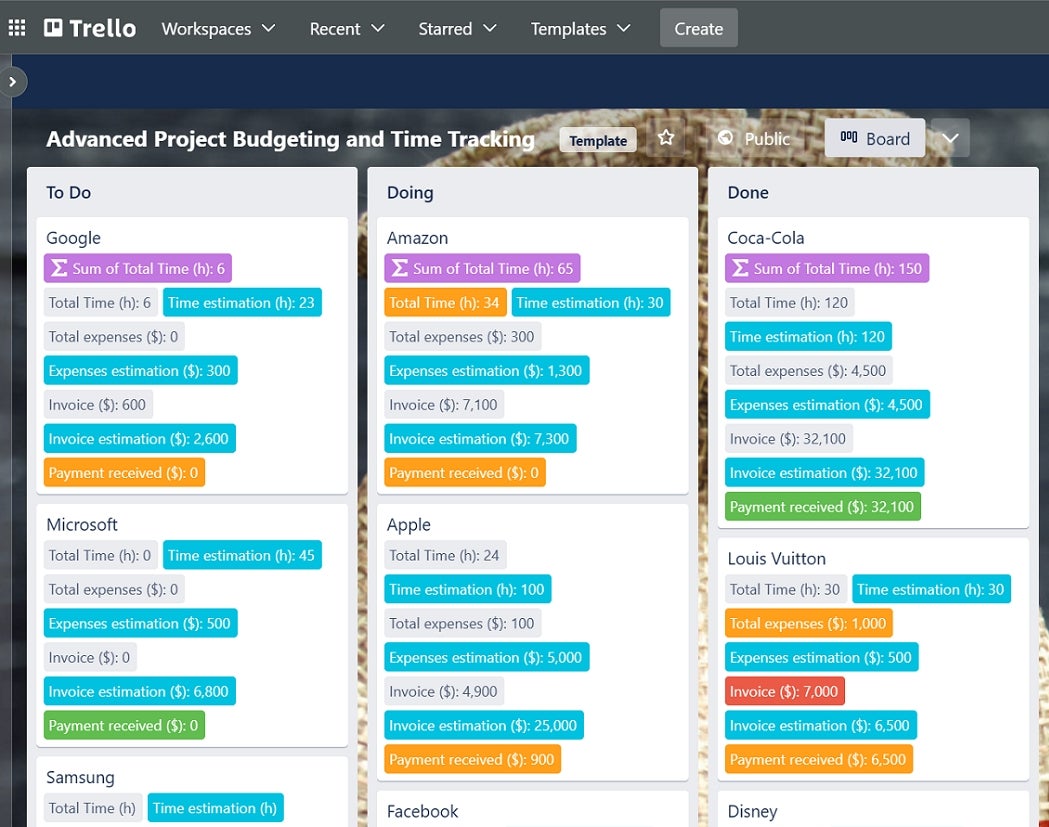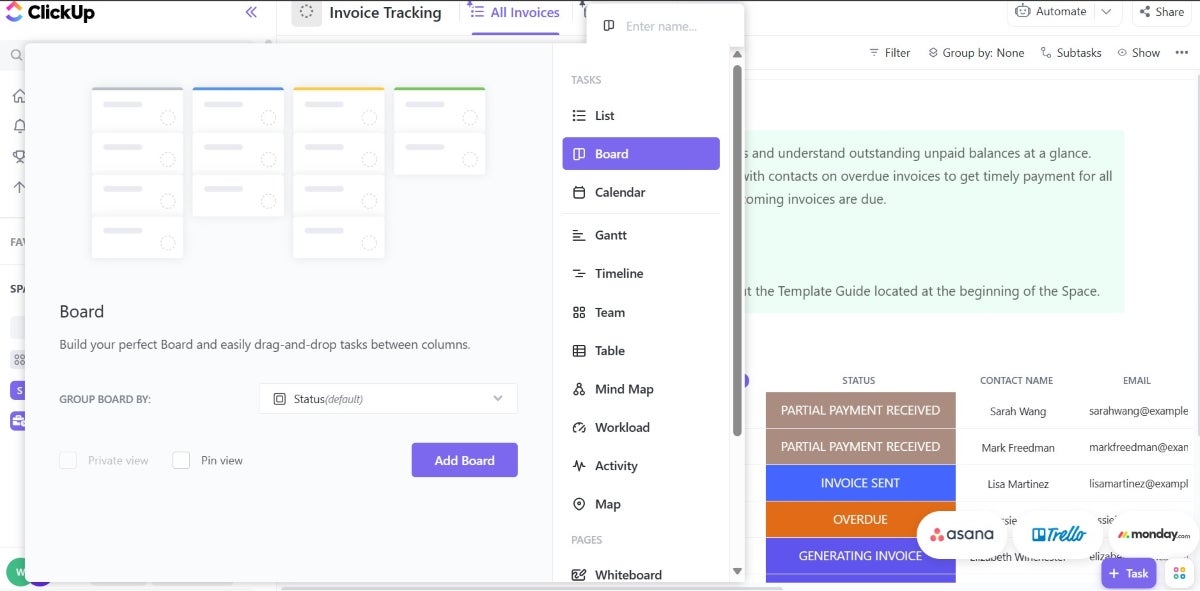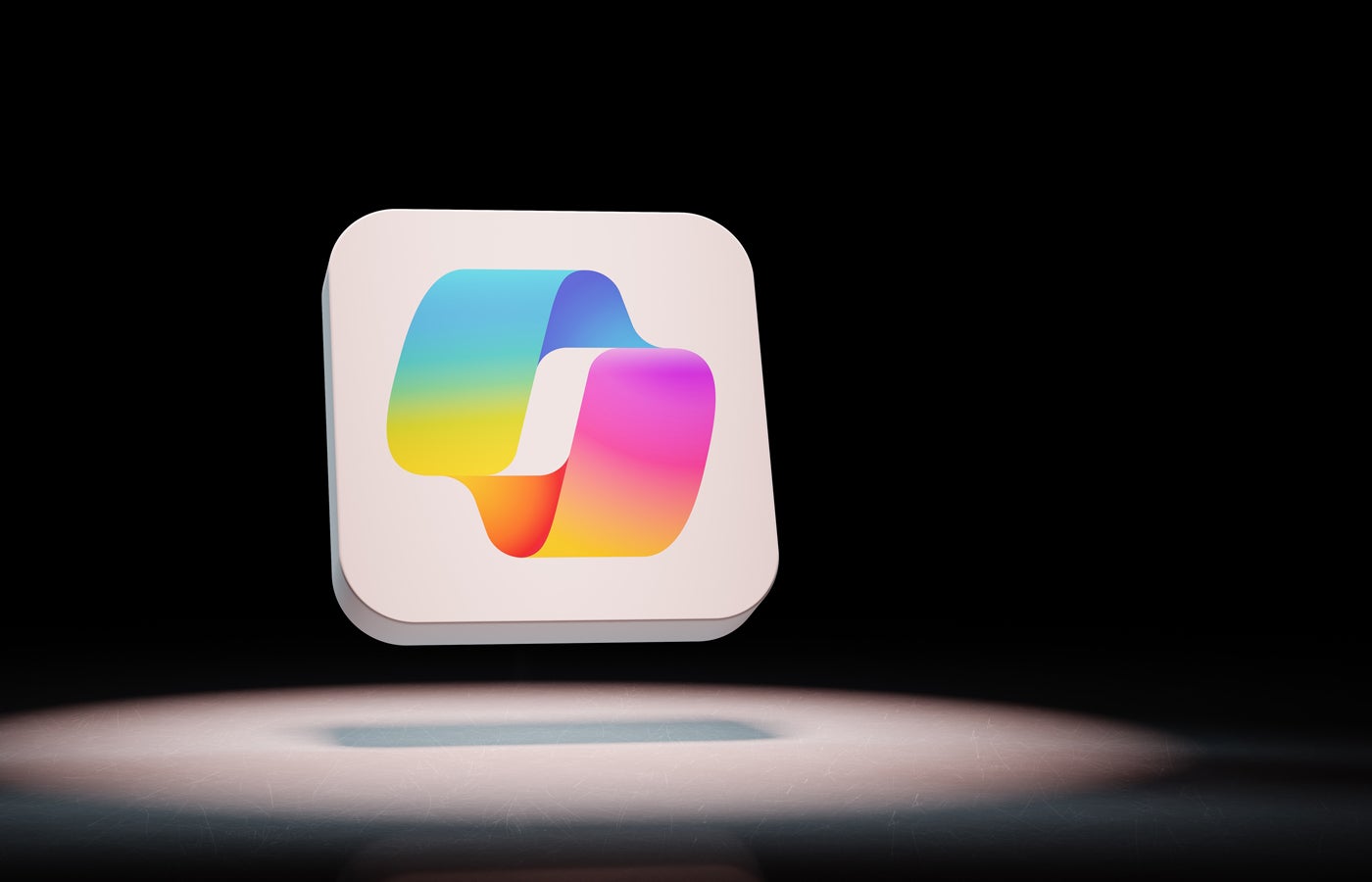- Best for Simple Project Needs: Trello
- Best for customizing large projects: Clickup
Microsoft Planner is one of many business solutions available with a Microsoft 365 subscription. It offers classic project management tools such as different work views for customization, integrations with external applications, and task tracking options. With the subscription, you also get access to other Microsoft apps. The software itself is great, but it may not be the best fit for everyone.
In this list, we explore a number of competitors and alternatives with similar features. But if you want to learn a little more about Microsoft Planner and its capabilities, you should first check out our Microsoft Planner review.
Wrike
Employees by company size
Micro (0-49), Small (50-249), Medium (250-999), Large (1000-4999), Business (5000+)
Medium (250-999 employees), Large (1,000-4,999 employees), Enterprise (5,000+ employees)
Medium, Large, Company
Characteristics
Agile development, analytics/reporting, API and more
monday.com
Employees by company size
Micro (0-49), Small (50-249), Medium (250-999), Large (1000-4999), Business (5000+)
Any size of company
Any size of company
Characteristics
Analytics/Reporting, API, Budget/Expense Tracking and more
quick base
Employees by company size
Micro (0-49), Small (50-249), Medium (250-999), Large (1000-4999), Business (5000+)
Small (50-249 employees), Medium (250-999 employees), Large (1000-4999 employees), Enterprise (5000+ employees)
Small, medium, large, company
Characteristics
Agile development, analytics/reporting, API and more
Top Microsoft Planner Competitors and Alternatives: Comparison Table
| Integrations | Multiple working views | Free Trial | Free plan | starting price | |
|---|---|---|---|---|---|
| Microsoft Planner | Yeah | Yeah | 1 month | No | $6 per user per month. |
| Trello | Yeah | Yeah | 14 days | Yeah | $5 per user per month. |
| Asana | Yeah | Yeah | 30 days | Yeah | $10.99 per user per month. |
| Click above | Yeah | Yeah | Yes, although the length is not clear | Yeah | $7 per user per month. |
| Zoho Projects | Yeah | Yeah | 10 days | Yeah | $4 per user per month. |
| Evernote | Yeah | Yeah | 14 days | Yeah | $10.83 per month. |
| Base camp | Yeah | Yeah | 30 days | No | $15 per user per month. |
| Wrike | Yeah | Yeah | 2 weeks | Yeah | $9.80 per user per month. |
| monday.com | Yeah | Yeah | 14 days | Yeah | $9 per user per month. |
Trello – Best for Simple Project Needs
Teams that don't have very complex projects and prefer something easy to get started may appreciate Trello. It's beginner-friendly and while it may not be packed with features, it thrives on a minimalist design.
Prices
- Standard: $5 per user per month billed annually, or $6 per user per month billed monthly.
- Premium: $10 per user per month billed annually, or $12.50 per user per month billed monthly.
- Company: $17.50 per user per month billed annually. It does not have a month-to-month option.
Characteristics
- Multiple work views including Kanban, table, calendar, map, timeline and dashboard (Figure A).
- Custom fields for specific project needs.
- Task management to assign each team member different parts of the project.
- Ability to integrate with more than 200 applications.
- Mobile versions for iOS and Android.

Advantages
- All plans have unlimited storage for your workspace (but there are individual file limits).
- Intuitive and easy to learn.
- The free plan comes with two-factor authentication.
- Affordable for large teams and freelancers.
- Ideal for Agile Scrum workflows with a sprint system.
Cons
- The different work views are limited between plans, i.e. Free and Standard only have Kanban.
- The premium tier can only deactivate members.
- The business plan has most of the administrative controls, such as governance and user provisioning.
- It is not the best platform for detailed projects with a lot of data to organize.
Top integrations
Trello's top integrations include:
- Loose.
- Tour.
- Google Drive.
- Confluence.
- Pop-up box.
Why we choose Trello
Trello caught our attention for its intuitive, board-based approach to project management, making it an intuitive and accessible asset for teams of all sizes. It is flexible and has a wide range of integrations that make it easy to adapt to all types of visual project needs.
To learn more, read our full Trello review.
Clickup: best for customizing large projects

ClickUp is a project management tool for multipurpose needs. You'll have access to automation, custom work views, collaboration, and high-level security. If you're looking for a variety of tools and features to customize your workspace and stay on top of projects, then you should consider Clickup.
Prices
- Unlimited: $7 per user per month billed annually, or $10 per user per month billed monthly.
- Business: $12 per user per month billed annually, or $19 per user per month billed monthly.
- Company: Customized prices.
Characteristics
- Multiple work views to customize your workspace, including Kanban, timeline, table, map, and more (Figure B).
- Unlimited file storage for paid plans.
- Built-in option for video recording.
- Time tracking and reporting to stay on top of tasks.
- Natural Language Processing (NLP) can be used for programming in all plans.
- Workspace templates available to make setup easier for your team.
- ClickUp AI plugin for writing and editing content.

Advantages
- Task automation to optimize workflow.
- All plans have access to over 50 native integrations.
- All plans have at least two-factor authentication.
- 24/7 support (via the Help Center) is available for all subscriptions, including the free plan.
- Feature-rich enough to handle Agile Scrum projects with larger volumes of data or information.
Cons
- A business plan is required to remove branding from emails.
- Only Business Plus and Enterprise can create custom roles for team members.
- Scrum teams may not like that only the Business plan has sprint reports.
- Only Enterprise can comply with HIPAA.
- Guests on paid plans are limited and charged unless they are view-only.
- The software can get expensive the more users and guests you add.
Top integrations
Key ClickUp integrations include:
- Loose.
- HubSpot.
- Do.
- Gmail.
- Zoom.
Why we choose ClickUp
ClickUp is a versatile platform with customizable features for task management, document collaboration and goal tracking, meaning it's ideal for projects that need flexibility and scalability. It is easy to use and also has a clean user interface.
To learn more, read our full ClickUp review.












